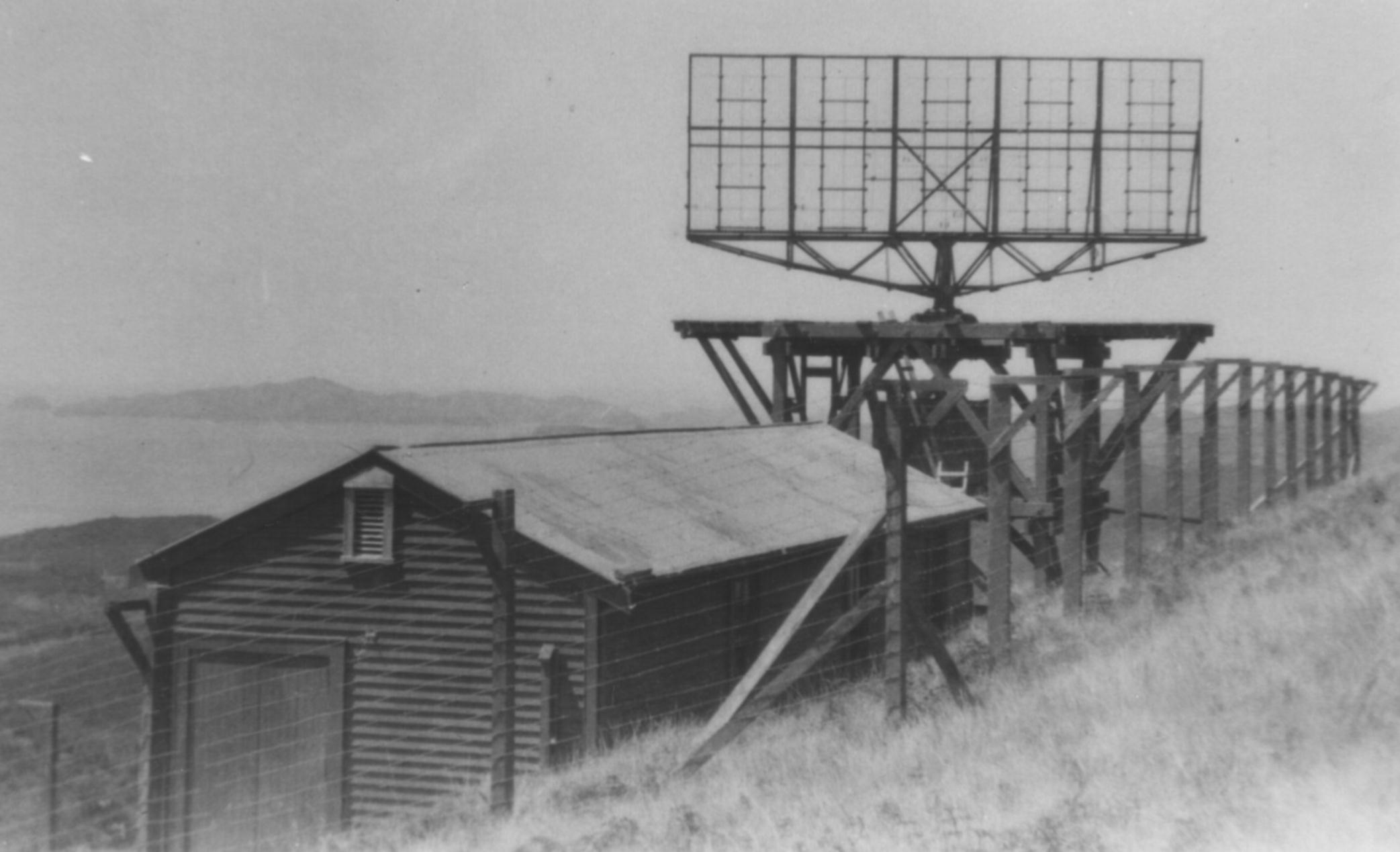| 11th of March 2015 |
|---|

|
| ATNF Colloquium |
| Elizabeth Alexander, the 'Norfolk Island Effect' and the Genesis of Solar Radio Astronomy in Australia |
| by Wayne Orchiston (NARI, Thailand) |
| Abstract.During March-April 1945,
solar radio emission was detected at 200 MHz by operators of a Royal New
Zealand Air Force radar unit located on Norfolk Island. Initially dubbed
the `Norfolk Island Effect', this anomalous radiation was investigated
throughout 1945 by British-born Cambridge graduate Dr Elizabeth Alexander,
who was Head of the Operational Research Section of the Radio Development
Laboratory in New Zealand. Alexander prepared a number of reports on this
work, and in early 1946 she published a short paper in the newly-launched
journal, Radio & Electronics. A physicist and geologist by training,
Elizabeth Alexander happened to be in the right place at the right time,
and unwittingly became the first woman in the world to carry out independent
research and publish in the field that would later become known as radio
astronomy. Alexander's research led to further solar radio astronomy projects in New Zealand in the immediate post-war year, but far more importantly, it was in part responsible for the launch of radio astronomy at CASS' predecessor, the CSIRO's Division of Radiophysics in Sydney. In this seminar I will review Elizabeth Alexander's investigation of the `Norfolk Island Effect' and explain how her work led to the pioneering solar radio astronomy investigations carried out by Joe Pawsey and his colleagues at the Collaroy, North Head and Dover Heights radar stations between October 1945 and March 1946. I am very grateful to the Donovan Astronomical Trust for helping fund my visit to Sydney. |